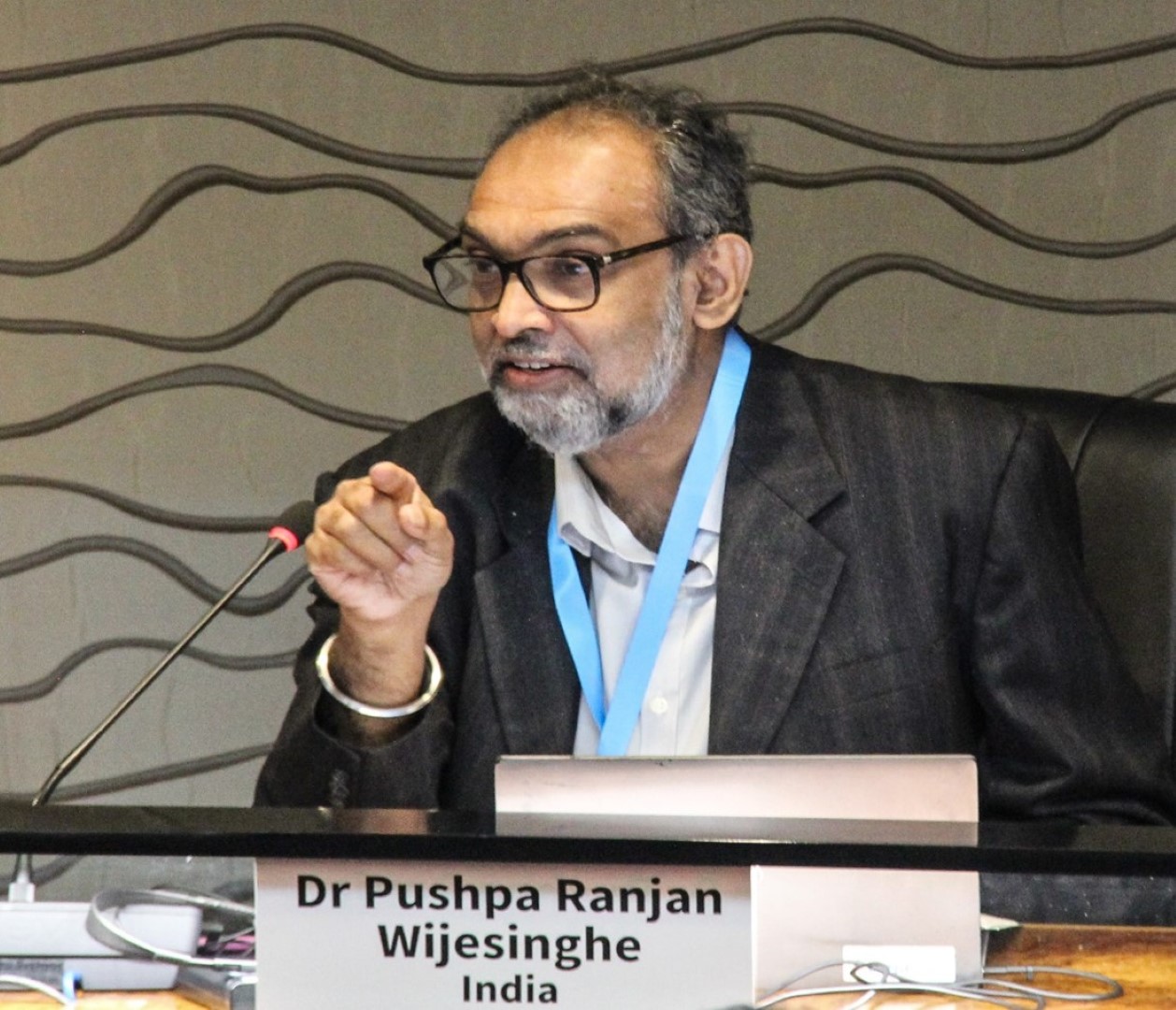The 17th Bi-regional Meeting on Influenza Surveillance and National Influenza Centres (NICs), held in Manila, Philippines, from 19-21 November 2024, brought together key stakeholders, experts, and representatives from WHO’s South-East Asia (SEAR) and Western Pacific (WPR) regions. The meeting focused on addressing critical challenges and opportunities in influenza surveillance and pandemic preparedness. Hosted with the goal of enhancing global/regional health security, the event highlighted the importance of collaboration, innovation, and strategic alignment among Member States, WHO collaboration , WHO and other partners .
Key Objectives of the Meeting
- Advancing the Expanded Global Influenza Surveillance and Response System (eGISRS): The meeting aimed to integrate multi-pathogen surveillance systems to enhance regional and global capacities for detecting and responding to respiratory diseases, including influenza, Respiratory syncytial virus (RSV), and Severe acute respiratory syndrome coronavirus 2 (SARS‑CoV‑2).
- Promoting Pandemic Preparedness: Through discussions on updated frameworks, such as the Pandemic Influenza Preparedness (PIP) Framework and the Preparedness and Response for Emerging Threats (PRET), participants worked to harmonize strategies for mitigating future health emergencies
- Implementing Revised NIC Terms of Reference (ToRs): The revised ToRs, piloted across 20 GISRS countries, focus on streamlining the sharing of influenza virus materials, vaccine development processes, and reinforcing the role of NICs in pandemic preparedness.
Highlights from Day 1
The first day focused on country updates and key priorities for implementing the eGISRS:
- Surveillance Integration: Member States emphasized the importance of integrating influenza surveillance with broader respiratory pathogen monitoring to ensure comprehensive preparedness.
- Challenges Identified: Resource constraints, logistical barriers, and fragmented data systems were identified as critical gaps.

Dr. Pushpa Ranjan Wijesinghe, Programme Area Manager SE/RGO/WHE/IHM, presented how the broader respiratory pathogen pandemic preparedness work in the South-East Asia Region (SEAR) aligns with the South-East Asia Regional Strategic Roadmap on Health Security and Health System Resilience for Emergencies (2023–2027). Photo credit – WHO WPRO
Highlights from Day 2
Day 2 focused on specific strategies to strengthen NIC capabilities and enhance global pandemic preparedness.
1. Revised Terms of Reference of NICs:
- Addressed logistical and legal challenges related to the Nagoya Protocol and pathogen-sharing frameworks.
- Emphasized WHO’s role in advocacy, confidence-building, and providing logistical support to help Member States adopt these revisions.
2. Pandemic Preparedness Frameworks:
- Discussions focused on promoting tools such as PIP, PRET, Pandemic Influenza Severity Assessment (PISA), and Health Emergency Preparedness, Response and Resilience (HEPR) to strengthen resilient health systems.
- Vaccine advancements, including mRNA technologies and microneedle delivery systems, were highlighted as transformative solutions for future outbreaks.
.jpg?sfvrsn=44ac5a40_3)
Experts from India and Nepal shared their experience in adapting Preparedness and Resilience for Emerging Threats (PRET) framework to build their national plans for preparedness and response to inlfuenza and other respiratory pathogens of epidemic and pandemic potential. Photo credit-WHO WPRO .
3. Multi-Sectoral Collaboration:
- Strengthening One Health platforms was emphasized as essential for integrating human and animal data to effectively address zoonotic spillovers at the human-animal interface.
Highlighted Key Lessons Learned:
- Preparedness for Complex Settings: Pre-prepared technical resources at the WHO Country Office (WCO) level are crucial, particularly in contexts with limited government engagement.
- Self-Sustainability of Programmes: Advocacy for influenza prevention as standalone programmes or within broader disease control frameworks is key to ensuring long-term sustainability.
- Data Quality and Usability: Initial evaluations from the Pandemic Influenza Severity Assessment (PISA) highlighted the need for strengthened national initiatives to improve data usability and integration.
Recommendations and Next Steps
- Strengthen Multi-Pathogen Surveillance: Enhance NIC capabilities to include RSV and SARS-CoV-2, integrating them into the eGISRS framework.
- Enhance Legal and Logistical Frameworks: Advance public health efforts in alignment with the Nagoya Protocol and streamline pathogen-sharing processes through country-level engagement with domestic legislation to mitigate public health implications.
- Promote Vaccine Innovations: Accelerate development and adoption of advanced vaccine technologies such as mRNA and microneedles.
- Enhancing Regional Collaboration: Encourage regular joint reviews of ILI/SARI systems and increase technical exchanges between Member States.
- Sustain Financial Support: Develop long-term funding mechanisms to support surveillance and pandemic readiness programme s.
Conclusion:
The 17th NIC Bi-regional Meeting reaffirmed the importance of collaboration and innovation among stakeholders in SEAR and WPR in addressing global health challenges. By integrating surveillance systems, forming partnerships, and advancing initiatives like eGISRS, Member States are well-positioned to strengthen their pandemic preparedness and response capabilities.

